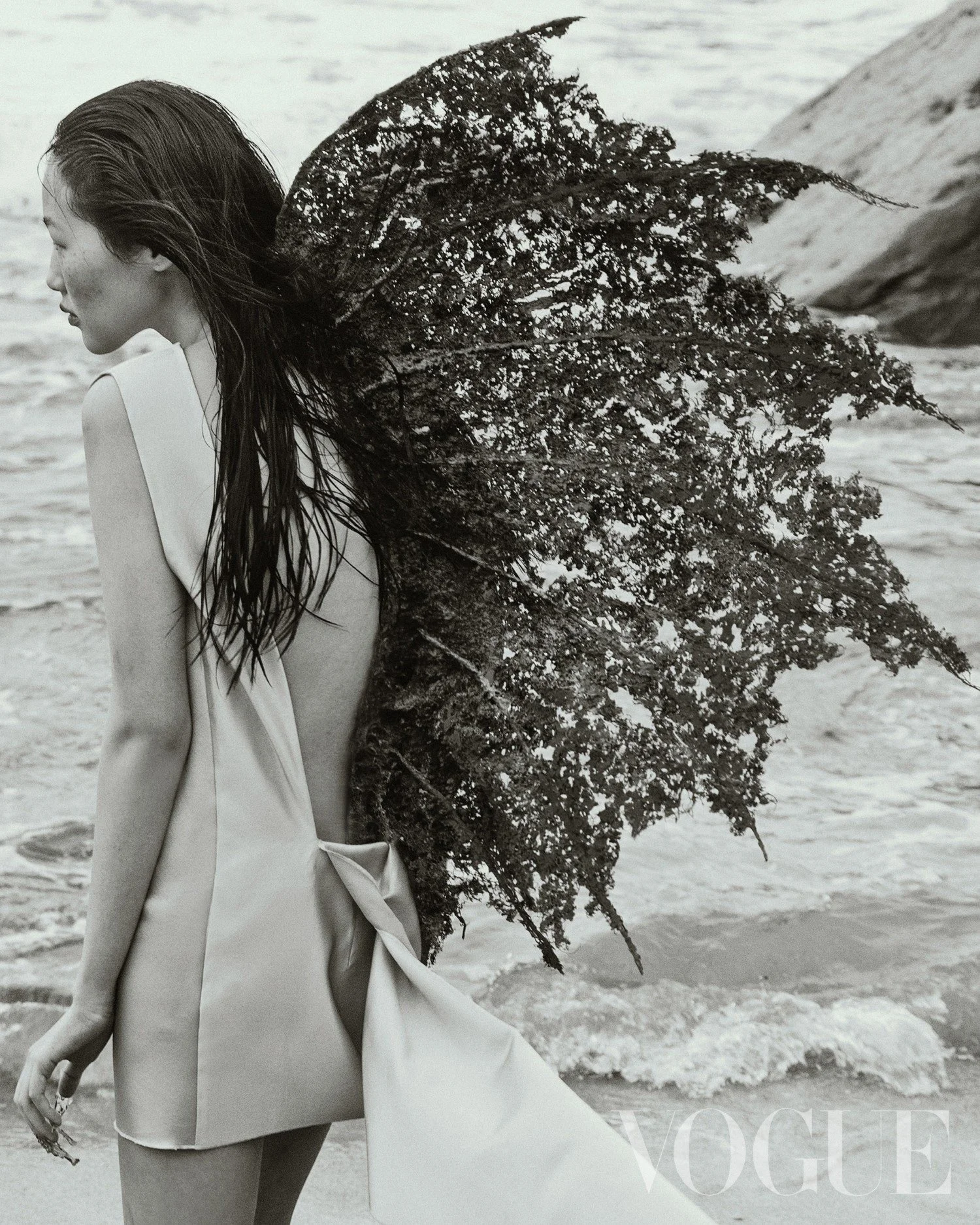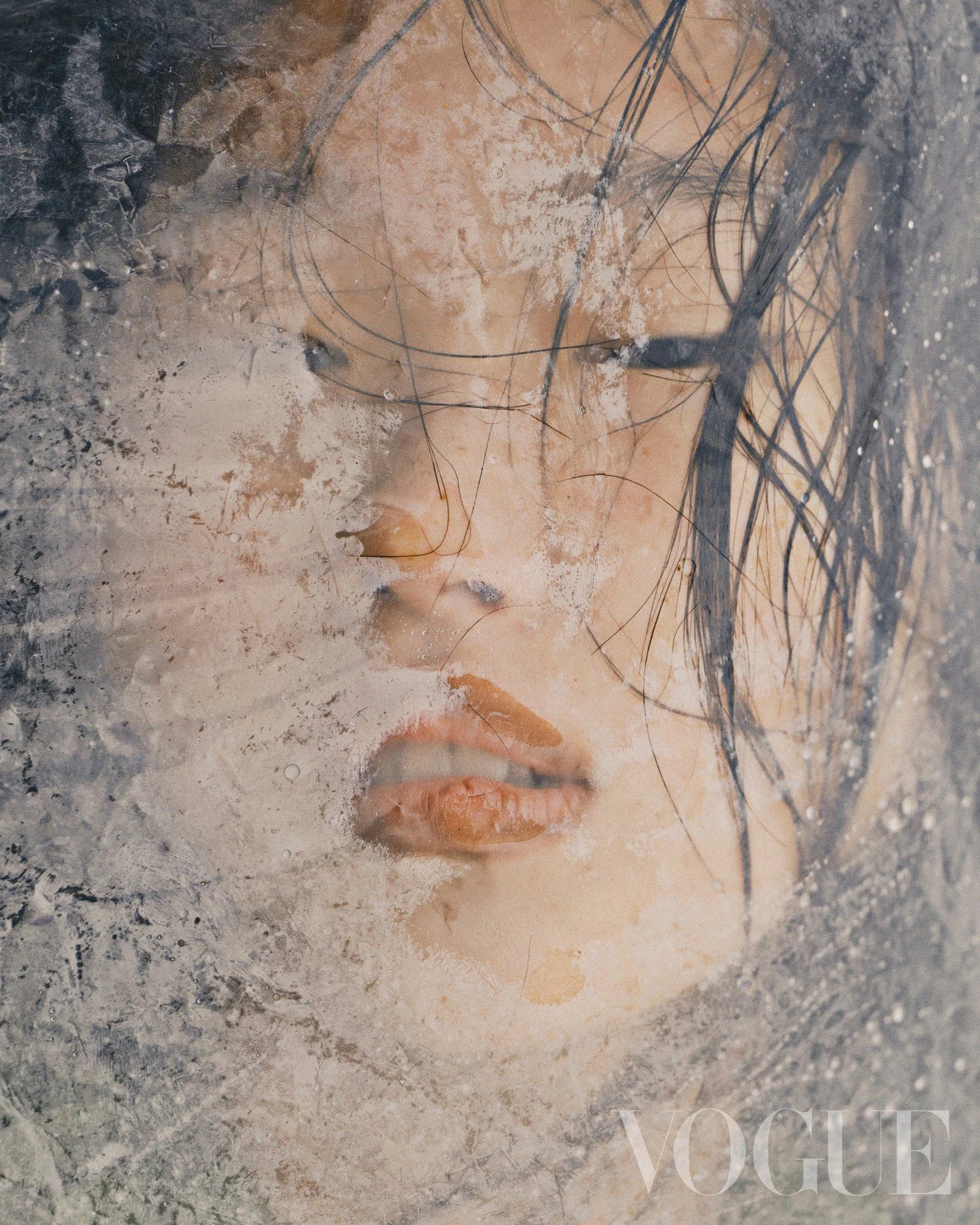Peng Chang in 'Heat Wave' by Zhong Lin for Vogue Taiwan January 2022
/Peng Chang in 'Heat Wave' by Zhong Lin for Vogue Taiwan January 2022 AOC Fashion
Model Peng Chang covers the January 2022 issue of Vogue Taiwan’s new sustainability issue. Zhong Lin [IG], who previously lensed Vogue Taiwan’s September 2021 issue cover story , captures Peng Chang in ‘Heat Wave’. Joey Lin is in charge of styling — and the clothes are not sustainably made, as part of the fashion story presentation./ Hair by Miley Shen; makeup by Sting Hsieh
AOC has referenced previously sustainability-focused fashion stories that channel ‘Water & Oil’ , lensed by Steven Meisel for Vogue Italia and featuring model Kristen McMenamy.
‘Heat Wave’ is no exception. In AOC’s opinion, it’s the first environment-focused fashion story to have equal visual impact . . . and perhaps more than ‘Water & Oil’.
When AOC first saw the new ‘Heat Wave’ fashion story, the ‘poetic’ visual approach by the creative team was the most startling difference between it and Vogue Italia’s ‘Water & Oil’.


